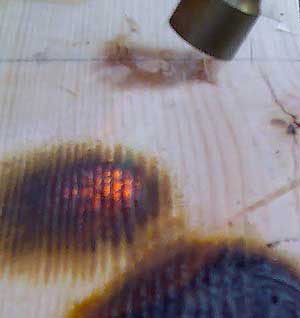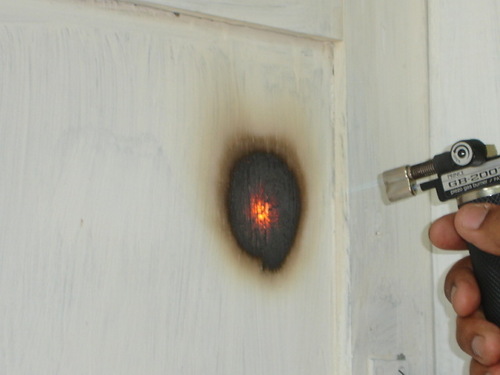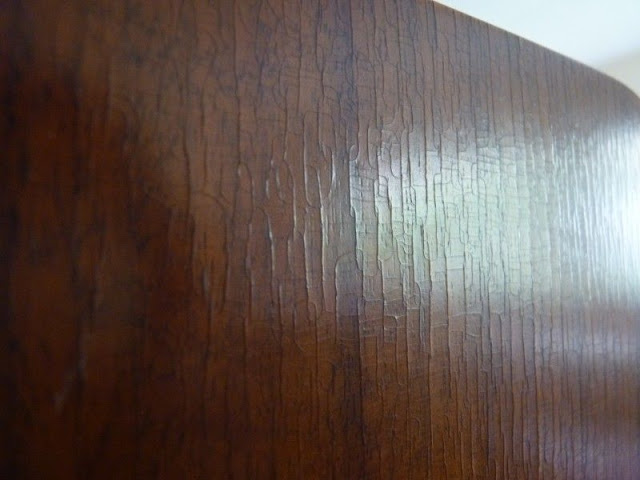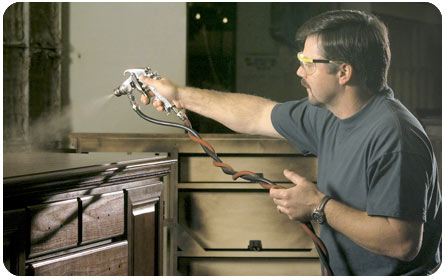Fireproofing is the process of treating wood with substances that slow the spread of fire (in English, the term used for such products more accurately describes their role - fire retardant). In recent times, these materials and methods of treating wood have been continually developed to achieve remarkable performance. For example, wood with very high resistance to burning can be obtained by pressure impregnation in autoclaves. This wood is primarily intended for construction purposes.
When requirements are not so high, impregnation of the wood can be done before or after installation with special solutions. These are aqueous solutions that penetrate as deeply as possible into the wood, thus increasing its fire resistance. They can be applied by brushing or spraying, in the recommended quantity, according to the application instructions. Such products are also manufactured in Romania, with official accreditation from the Fire Department.
Sometimes the fire protection requirements are limited to the finishing system applied to the wood.In the case of stains, the problem is not very complicated because, even if solvent-based stains are used, the thinner evaporates completely and after drying the danger is removed. The same is not true of primers and varnishes. These burn and can even intensify the burn. Therefore, when finishing wood or furniture for public buildings, fire retardants should be used.

photo source: propertyrepairsystem.co.uk
These products can be both water-soluble and solvent-based. To be effective they should not be applied anyway. The fireproofing system must always be accompanied by a technology indicating the quantities to be applied, the number of coats, drying times, etc., which must be strictly adhered to. The accreditation of flame retardant products is done as a system and not as individual products. In other words, in order to delay the spread of fire, the products must be applied strictly in the quantities and with the application instructions described in the approved system.

The material consumption for a flame retardant finish should be 450-500 g/m². A smaller quantity will not produce the flame retardant effect and a larger quantity will increase the risk of the film cracking due to thickness and thus render the treatment useless.

Manufacturers of these materials have accreditation for them from the relevant bodies in their countries. In order to be valid in our country, however, they must also have the approval of the ISU's specialist department. In addition, the company applying the materials (i.e. the furniture factory) must have a person specialised in the application of fireproofing products. That person must follow a course on specialisation, where he or she is accepted only if he or she has graduated from high school and has a baccalaureate. Only under these conditions does a building with wood finished with fireproofing products receive ISU approval.

photo source: apioregon.com
Beyond all these bureaucratic issues, it's good to think that at some point people's lives could be in danger and fireproofing, done correctly, can mean the difference between life and death.






























[...] wood are more sensitive to fire than other constructions. For this reason wood must be fireproofed beforehand and the electrical installation must be carried out responsibly and well [...]